Contemporary art exhibit exploring the history of Gadsby’s Tavern. On display from May 15 to September 3, 2017
The City of Alexandria, Virginia is largely associated with history, and many local businesses tout their ties to George Washington or other colonial figures. Their Office of the Arts has launched a new initiative called Time & Place to highlight modern art while maintaining the city’s rich historical legacy. The Centennial of the Everyday exhibit is the second exhibition in this series.
Gadsby’s Tavern Museum, an 18th century tavern and hotel that hosted business and social life in early Alexandria, was selected as the setting for this exhibition. The artists used research-based methods to tell the stories of people who may be overshadowed by the more well-known visitors to the tavern.
For those who haven’t visited the Gadsby’s Tavern Museum before, it may be difficult at first to be able to tell what is part of the normal exhibits and what is art. Look closely for materials or designs that seem out of place. In the public dining room, tucked among the dishes and food is a wooden spoon etched with the words of Frederick Douglass. Skill, industry, patience, and perseverance are qualities he attributed to suffragettes in their quest for women’s rights.
In the private dining room, where George Washington likely dined with companions, you can spot a napkin on on the chairs. Embroidered on the napkin is the outline of unmarked graves that have been surveyed at Mount Vernon, where archaeologists are uncovering the slave cemetery in order to better understand the lives and burials of the people who were otherwise undocumented in history.
On the second floor you’ll find two stoneware vessels in the Assembly room. Look inside each one to catch a glimpse of history. In the video below, a portrait of Gadsby’s third wife Provey Norris rotates inside the jar. Listen closely on your visit to hear a present-day Tavern employee, Tracy Loughlin, read two recipes associated with Gadsby’s Tavern.
The man who designed the chair style on display in the Assembly Room also designed the clock tower that can be seen from the windows. Each image on the chair was carefully selected. Most have symbolic or historical significance to Gadsby’s Tavern, but some modern concepts appear in the imagery as well. My favorite detail is the painting of the tavern building on the back of the chair.
The east bedchamber at Gadsby’s Tavern is also called the Female Stranger’s Room, after a young woman who was very sick when she arrived at Gadsby’s and eventually died without anyone knowing her name. Both art pieces in this room highlight unknown women throughout history.
The quote on the jar on the floor is from the poem Elegy to the Memory of an Unfortunate Lady by Alexander Pope; another line from this poem is inscribed on the woman’s tombstone. As you peek inside the vessel, the sound of a woman crying and the video of a woman engraved in iron with her shoulders shaking as she sobs is both reminiscent of Harry Potter and surprisingly moving. You can learn more about the Female Stranger on the city’s blog.
My favorite piece in the exhibition is a custom textile used to create the canopy on a historic bed. “Not on View” is dedicated to anonymous women and weaves their silhouettes into the fabric design. Many of the images come from unnamed women in the Metropolitan Museum of Art’s collection. The artists (who are both women) and tavern staff also make an appearance.
Seven people with a connection to Gadsby’s Tavern were interviewed by the artists for the “A Particular Provenance” installation in the ballroom. Each person loaned the artists a piece of furniture that the artists used as inspiration for a sculpture. One piece tells the story of Tracy Loughlin, who has worked at Gadsby’s Tavern Restaurant for 20 years. As an Irish immigrant, she regretted not being able to vote in last year’s presidential election. The citizenship oath embroidered on the napkin laying on her chair represents Tracy’s desire to complete the process to become an American citizen.
While researching the history of Gadsby’s Tavern for the exhibit, the artists reached out to Lex Powers, a descendent of John Gadsby and Provey Norris. Lex was previously unaware of his relationship to Gadsby, which brings new depth to this part of the exhibit focusing on themes of identity and belonging. The sculpture devoted to Lex’s story utilizes his grandmother’s chair, reflects his profession as a city planner focused on urban design, and incorporates his favorite color (blue).
This exhibit contains too many details to fully cover in this post, and it’s not hard to believe the artists researched and worked on it for a year! Although I’m normally a fairly lazy viewer of art and don’t often look at signs or captions, it’s definitely worth reading the additional information from the artists in the blue bins in each room in order to fully appreciate each piece. The Centennial of the Everyday exhibit is only on display though September 3, so be sure to check it out this summer. You can see more photos of the exhibit on the Centennial of the Everyday Instagram feed and follow artists Lauren Frances Adams and Stewart Watson.
Like this adventure? Subscribe to the newsletter to get updates with the latest adventures on the blog, ideas for things to do in DC, and tips for exploring the District.
Address
134 N Royal St, Alexandria, VA
Metro Station
- King Street-Old Town (BL, YL)
Directions
The museum is about one mile from the metro. For adventurers who don’t want to walk, you can take the free King Street Trolley to the Royal Street stop. Since the trolley only comes every 15 minutes, it’s usually faster to walk if the trolley isn’t there when you exit the metro station.
Cost
$5.00
Print a coupon for $1.00 off admission from the city’s website
Free on August 5, 2017
Hours
Tuesday to Saturday from 10:00 am to 5:00 pm
Sunday to Monday from 1:00 pm 5:00 pm
Length of Adventure
1 hour
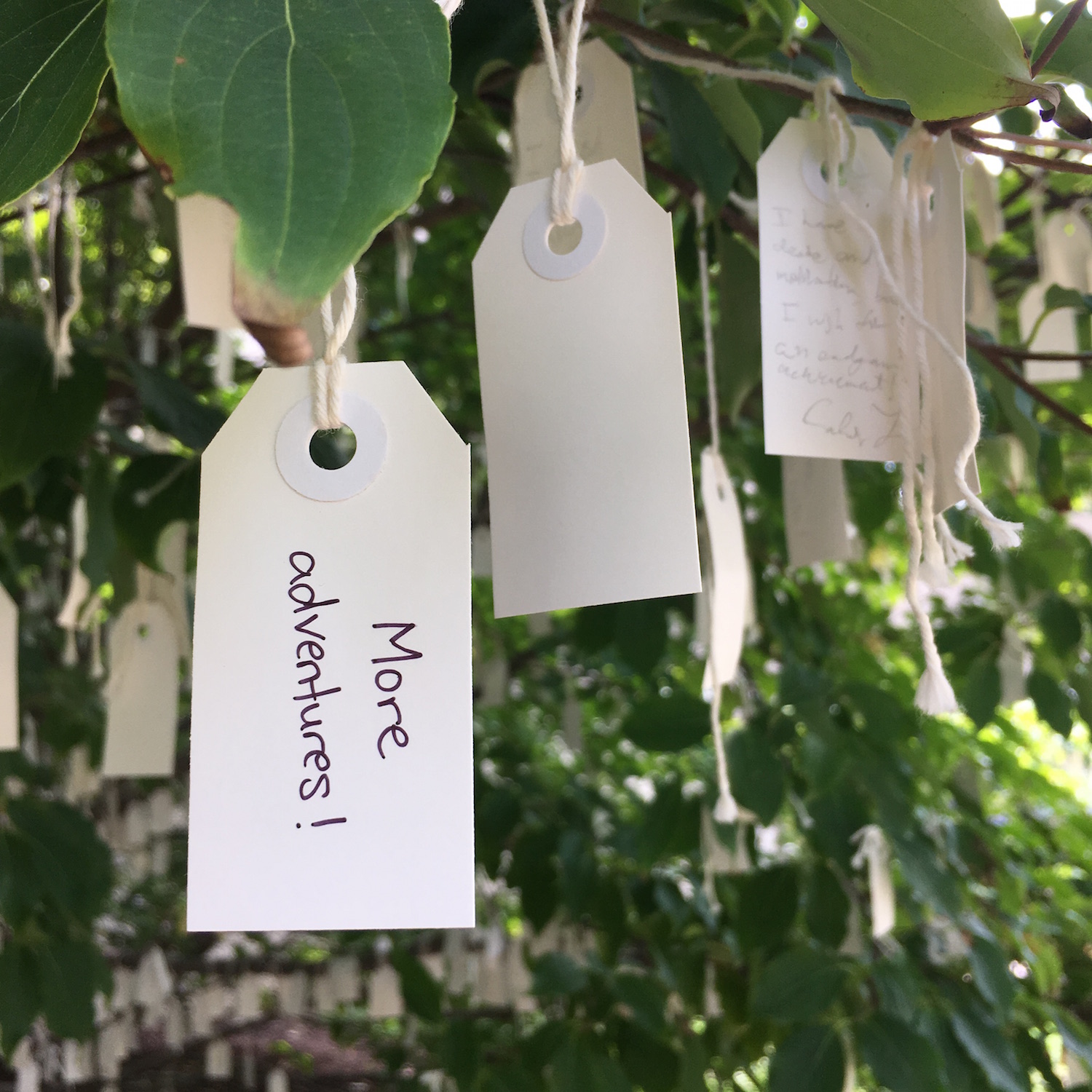
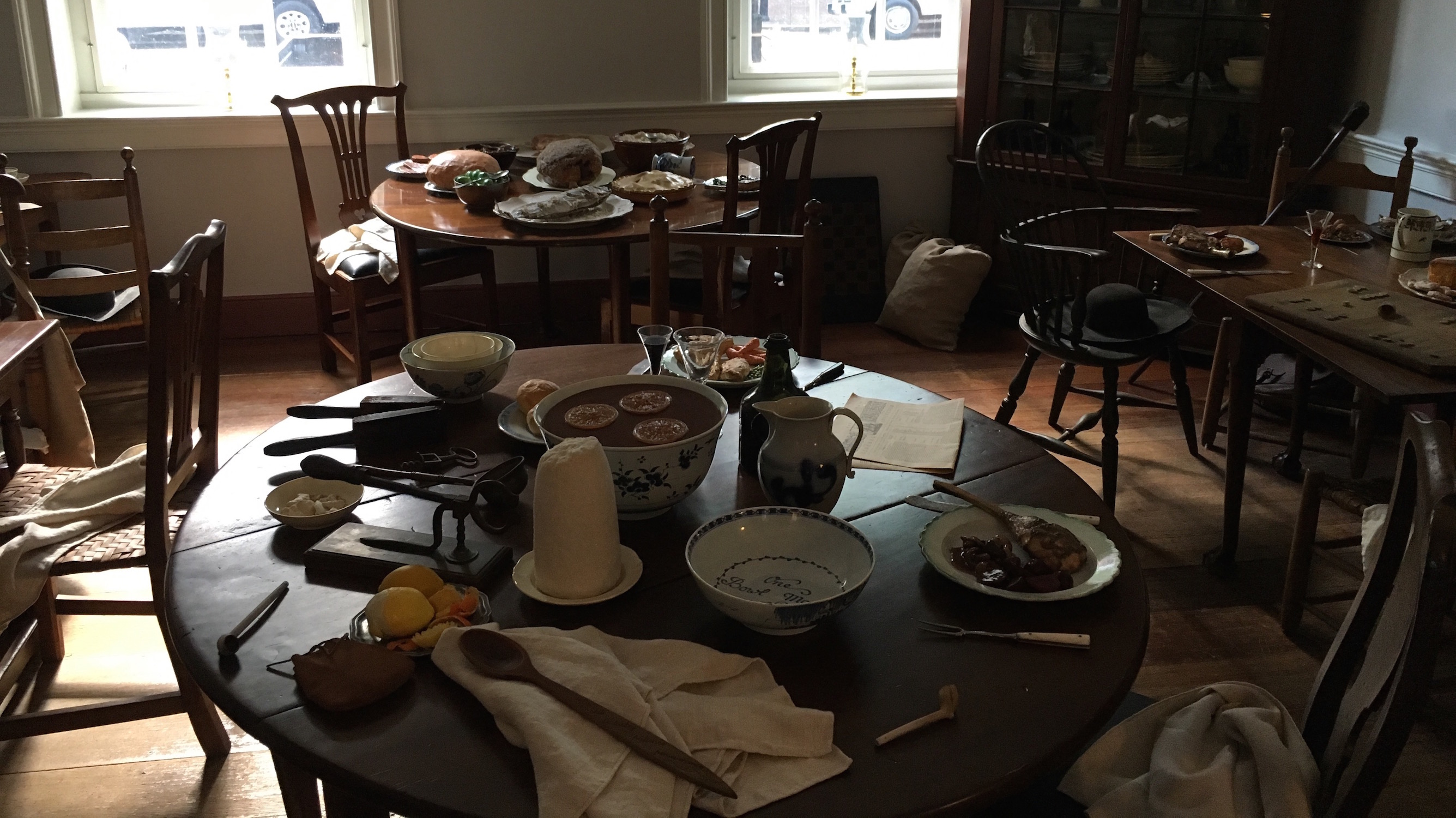
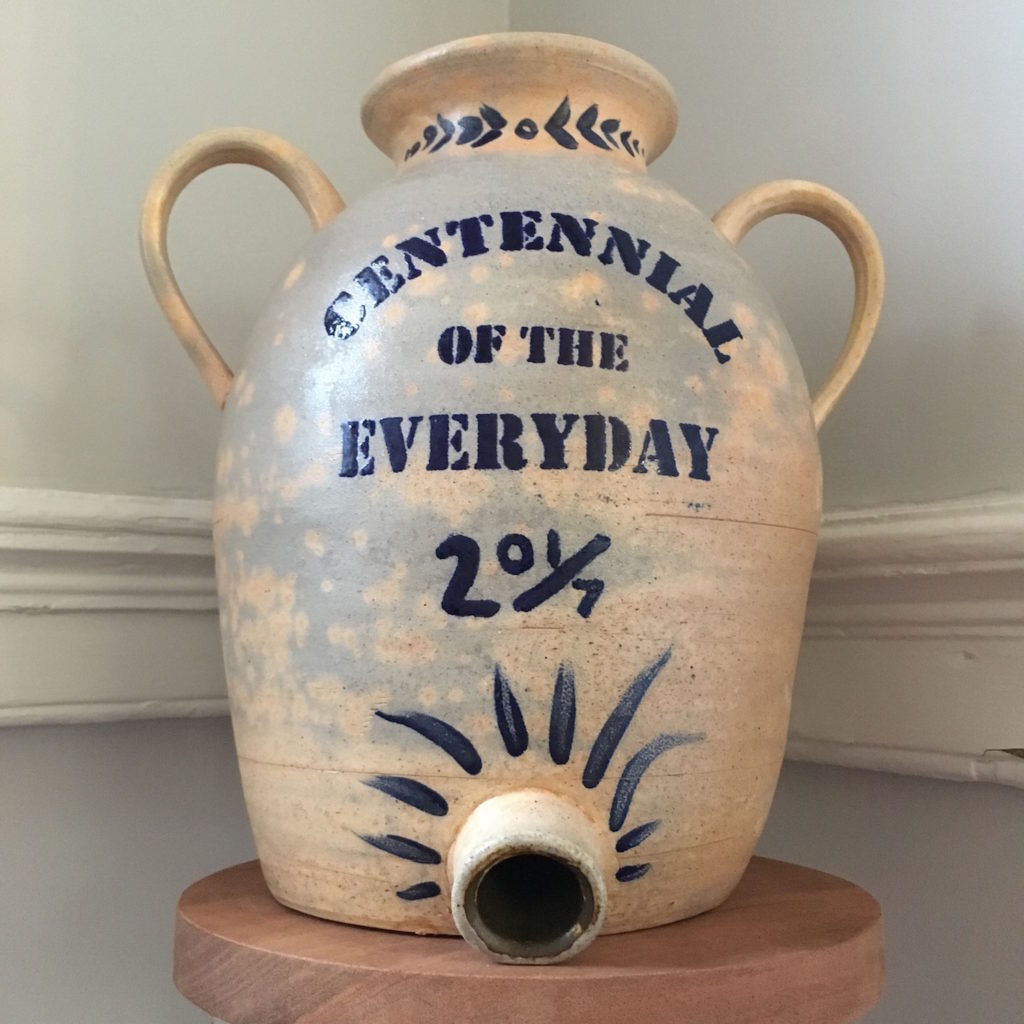
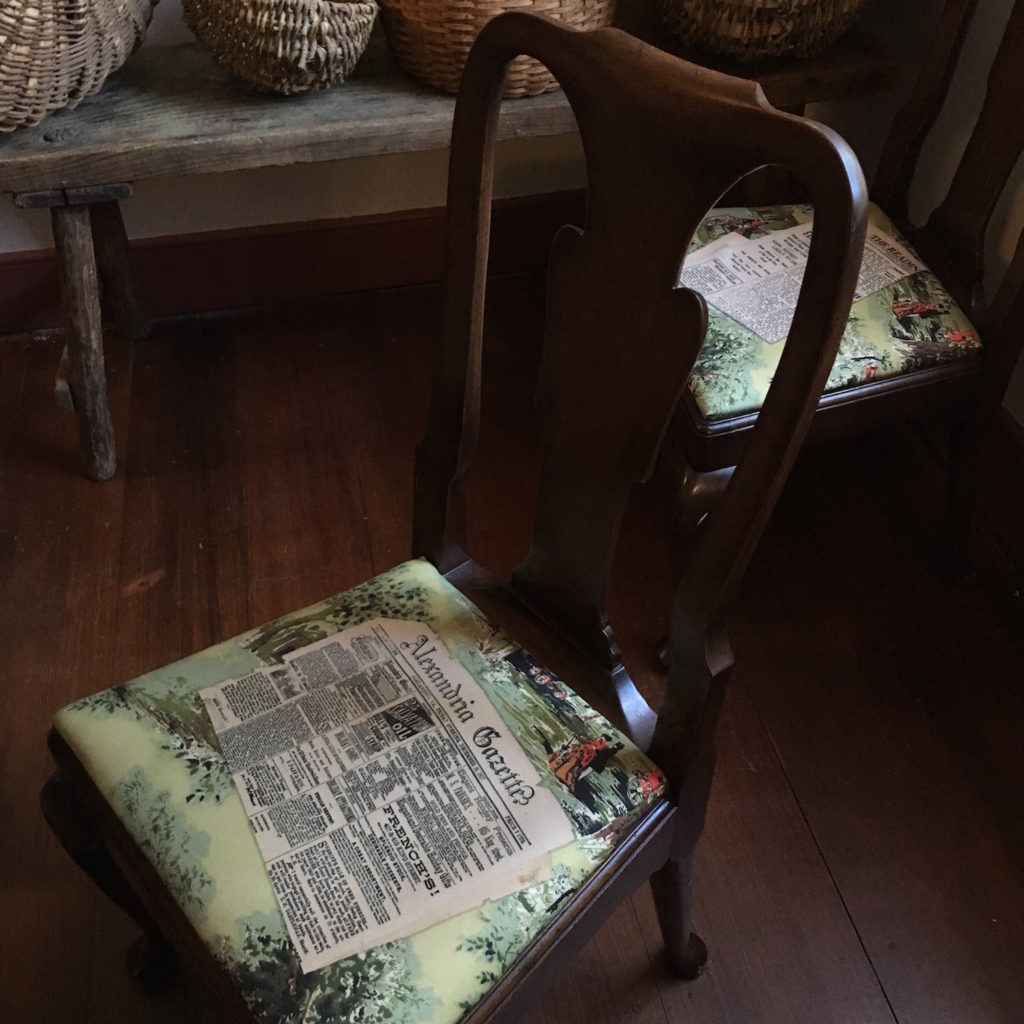
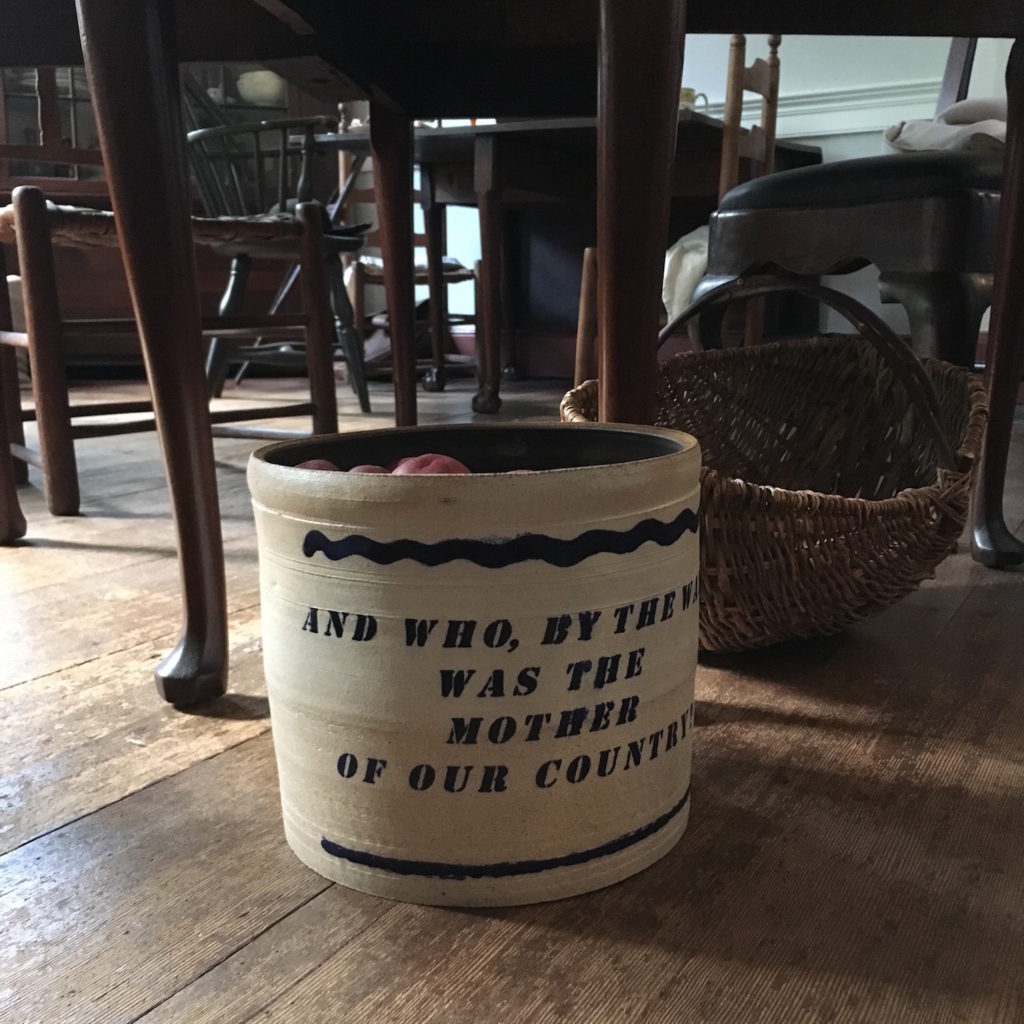
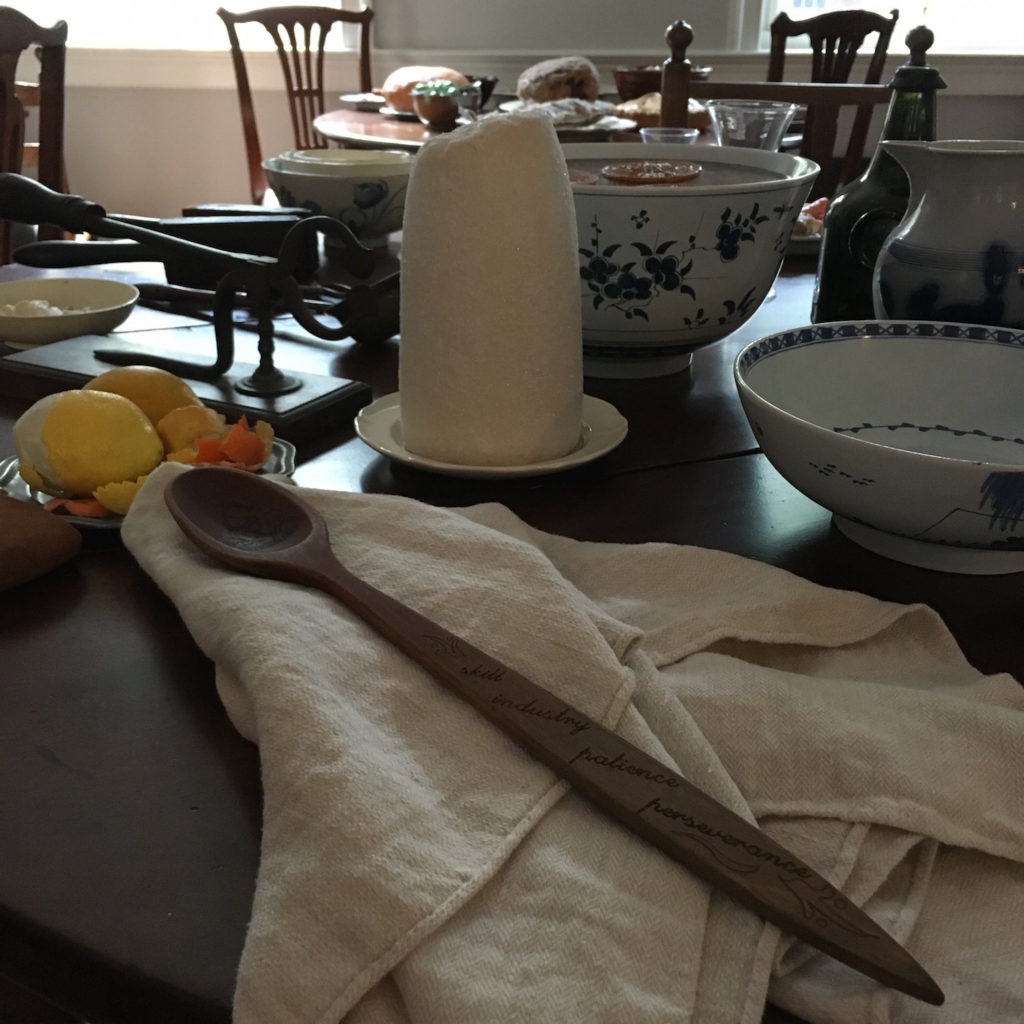
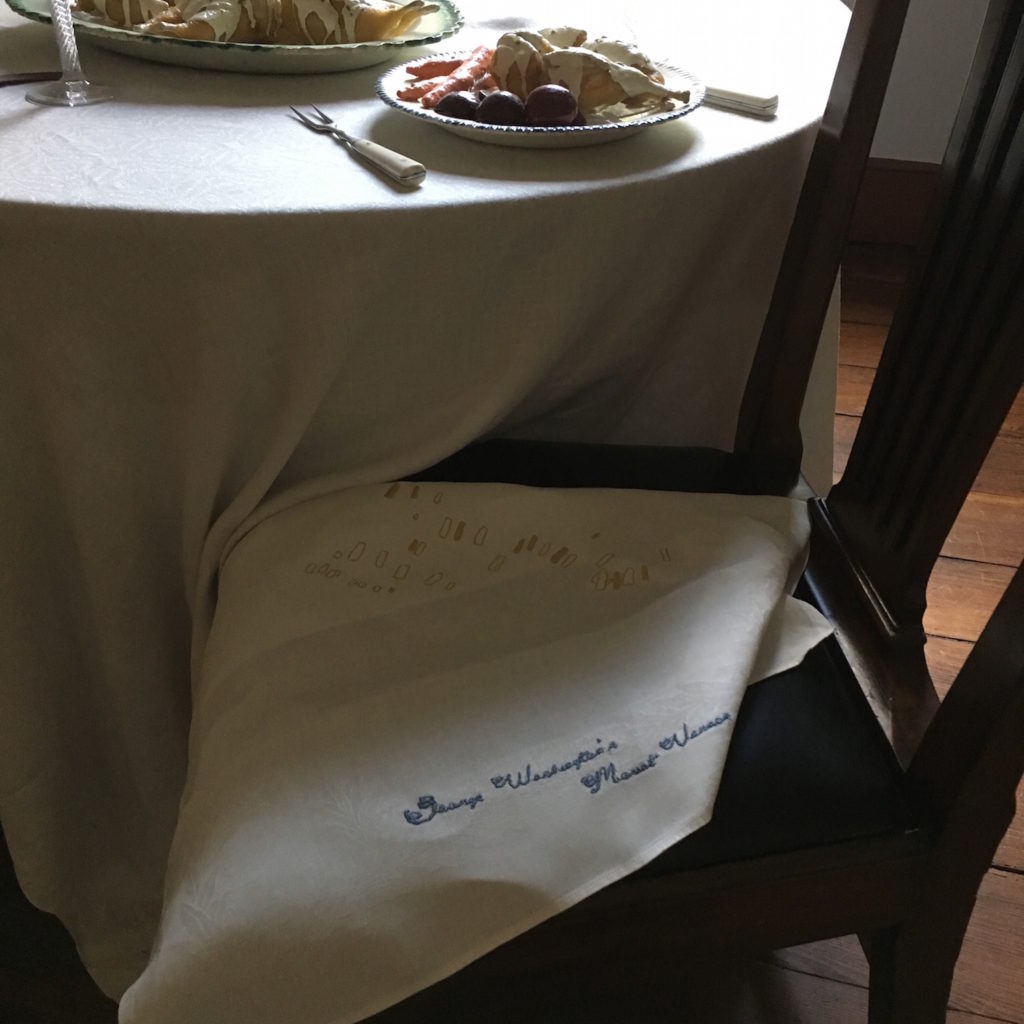
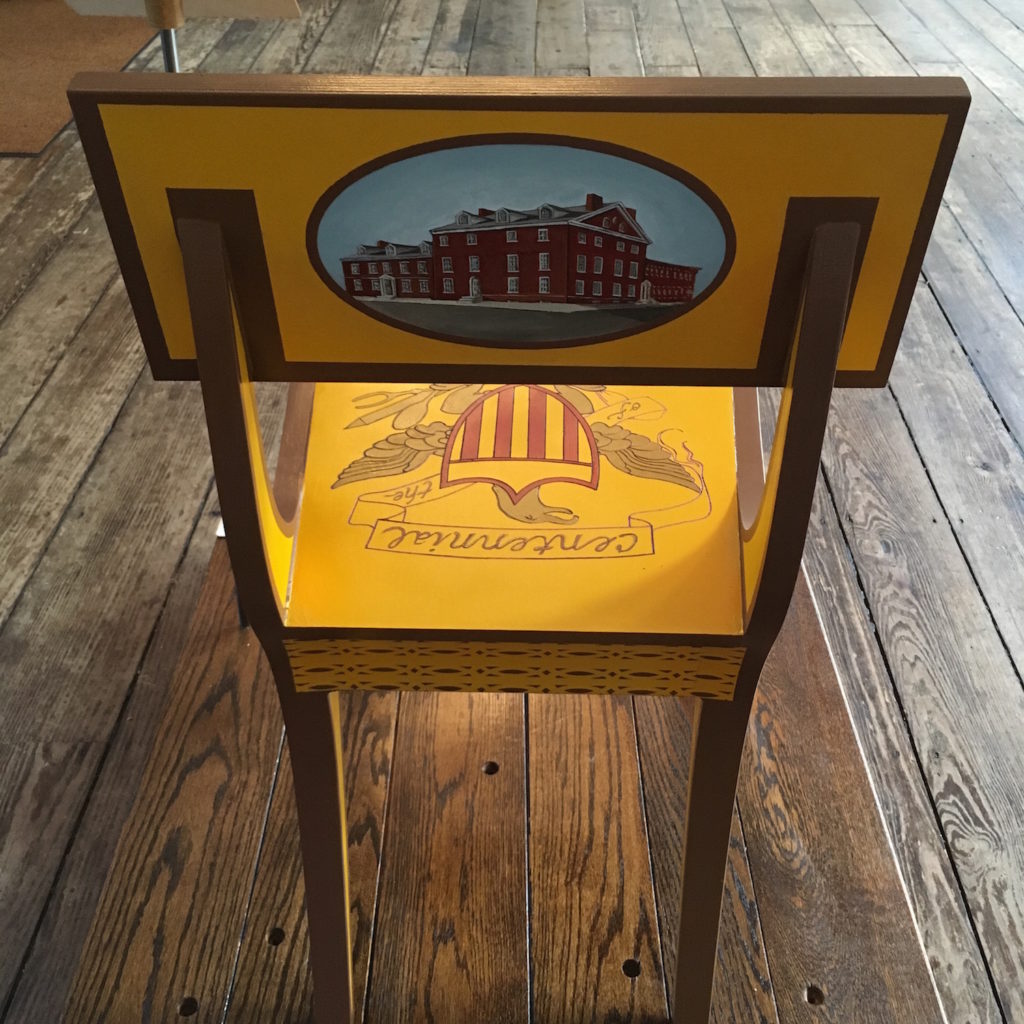
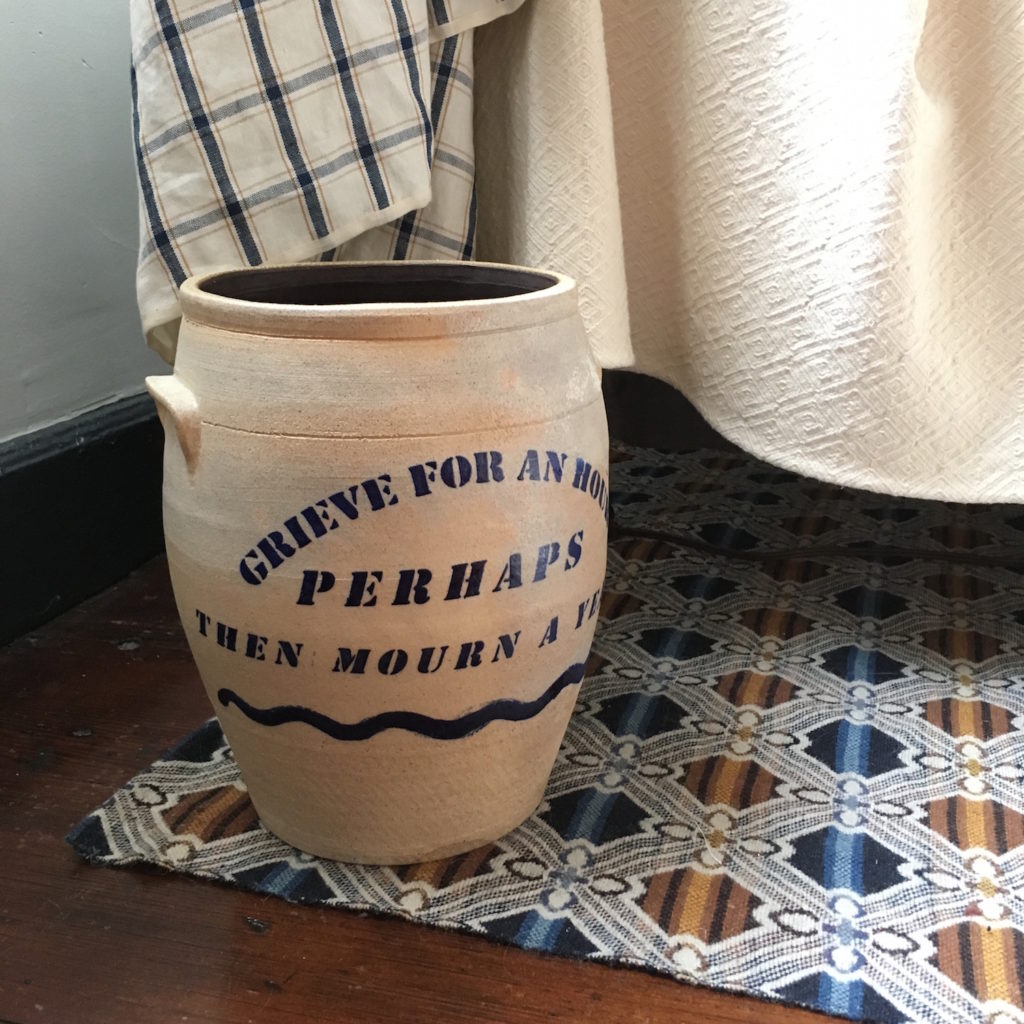
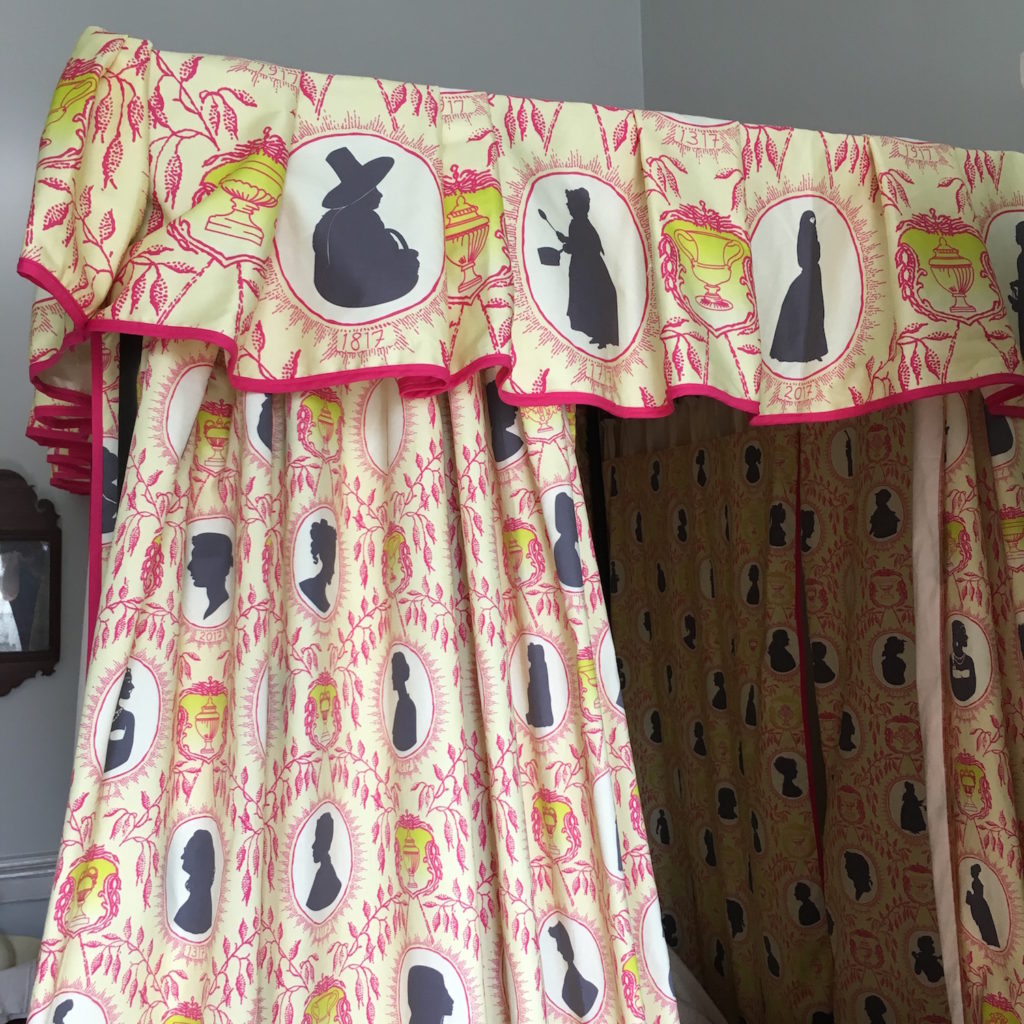
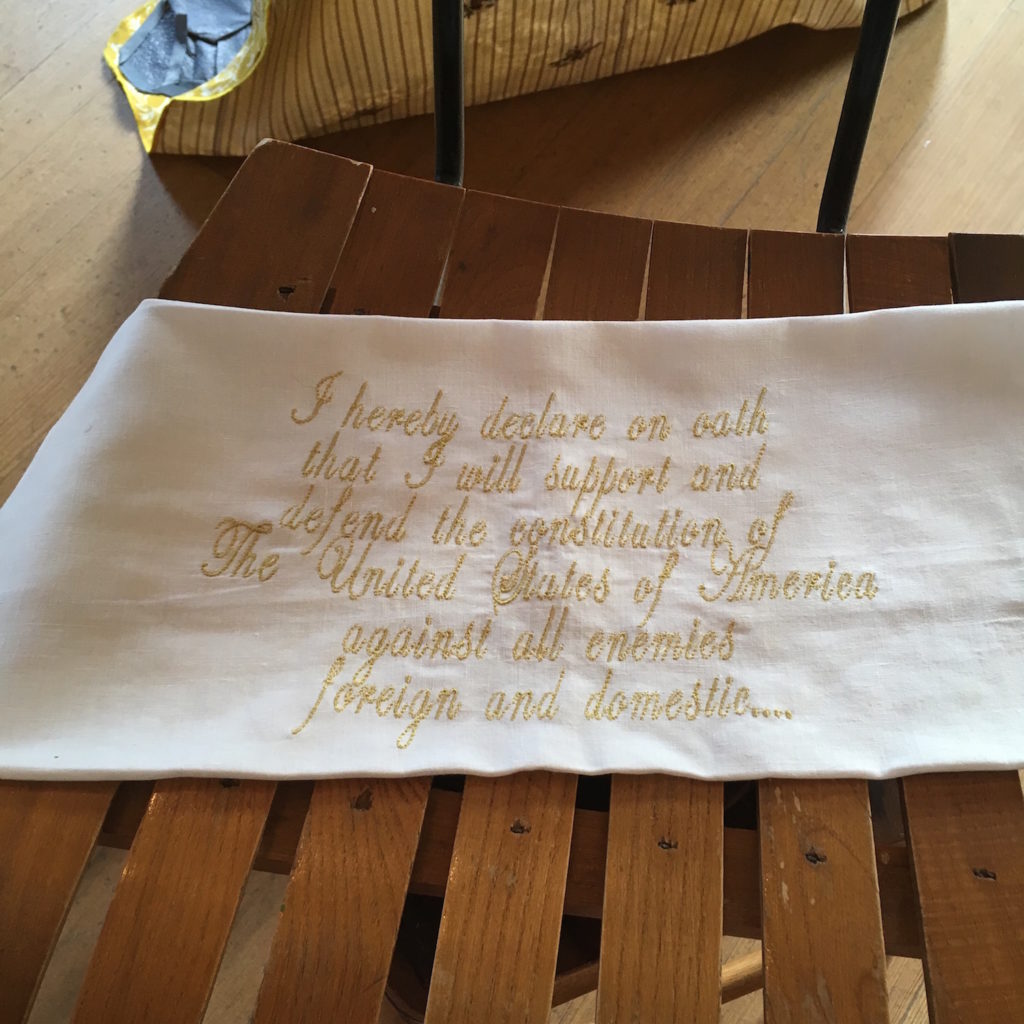
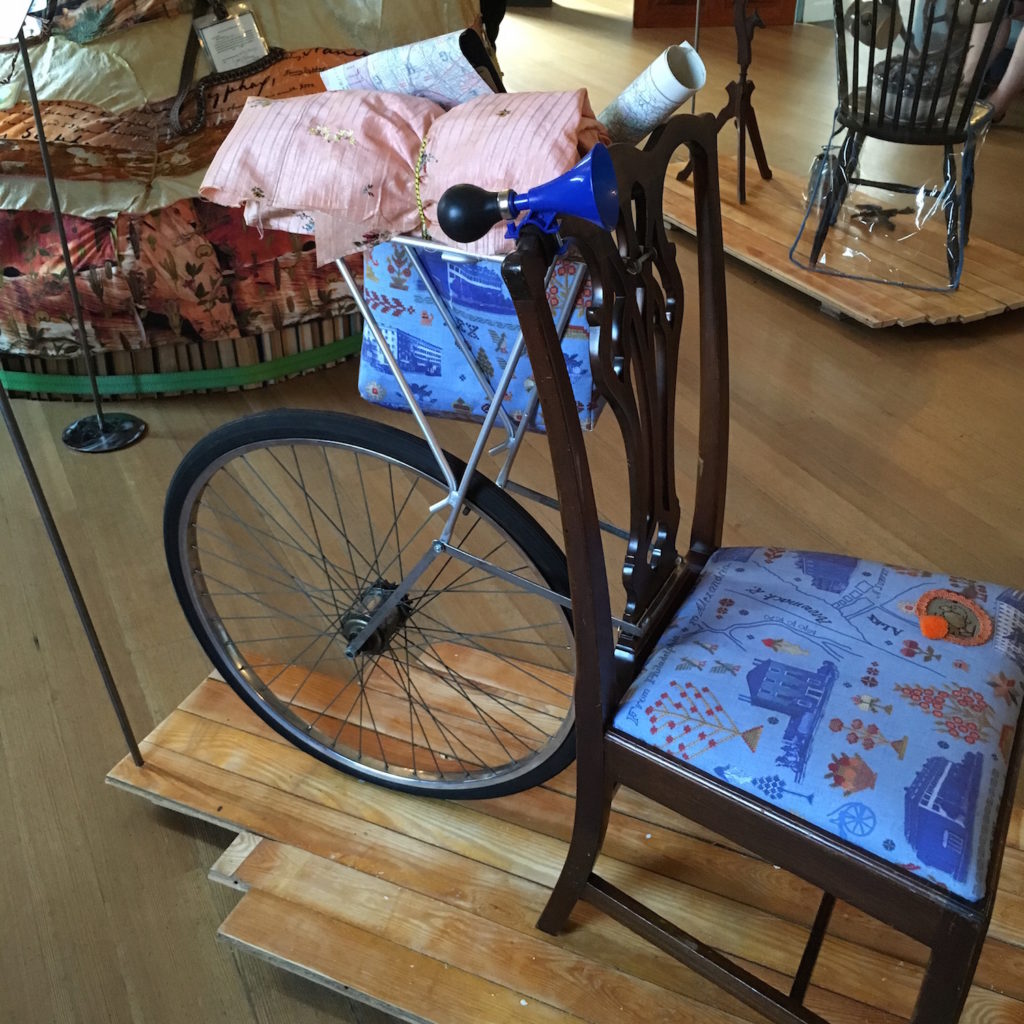

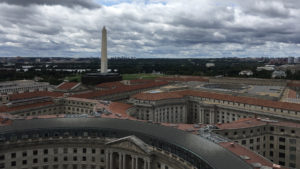
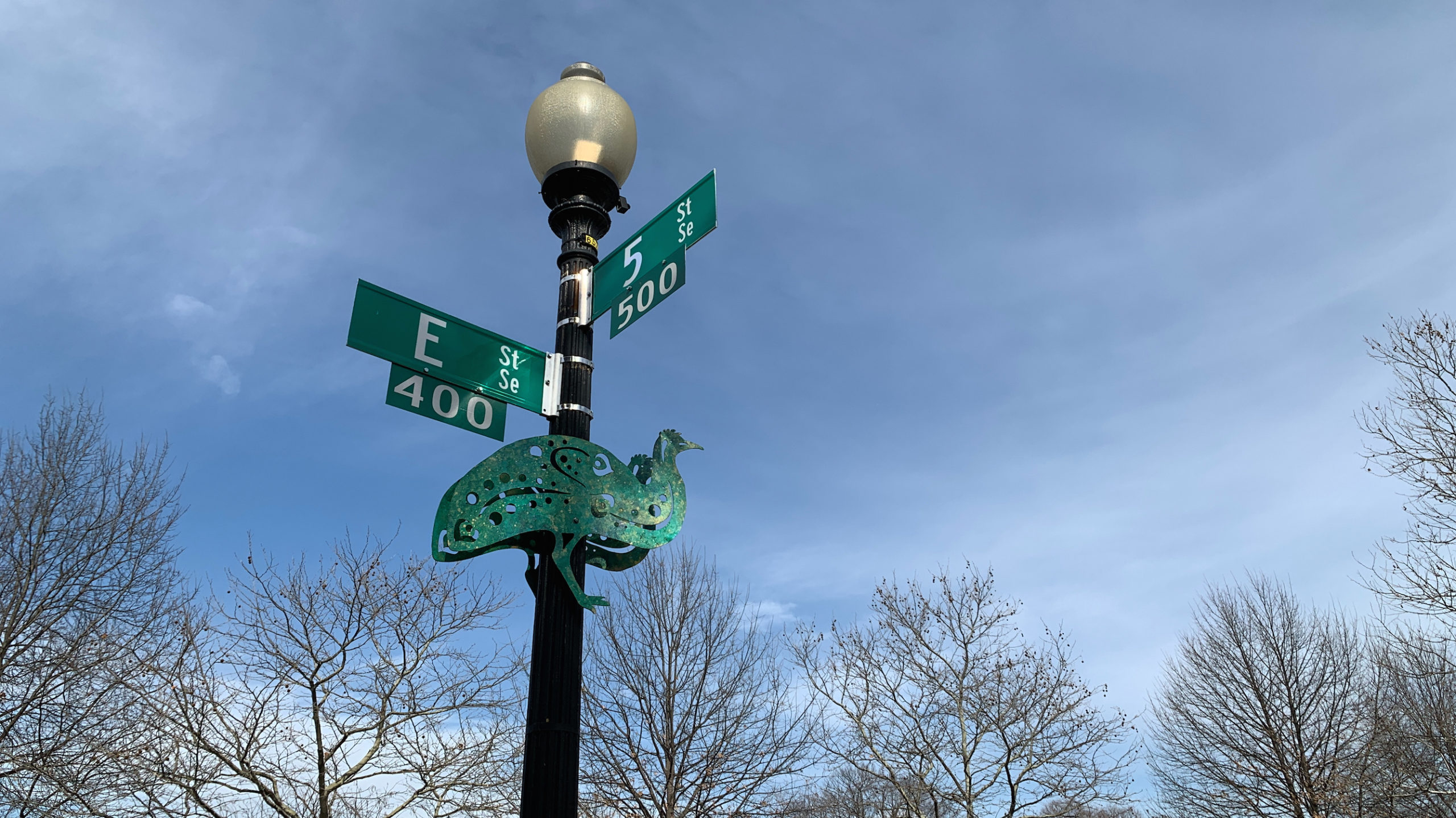
Very cool! The thoughtfulness of the art was well highlighted by your excellently detailed tour.